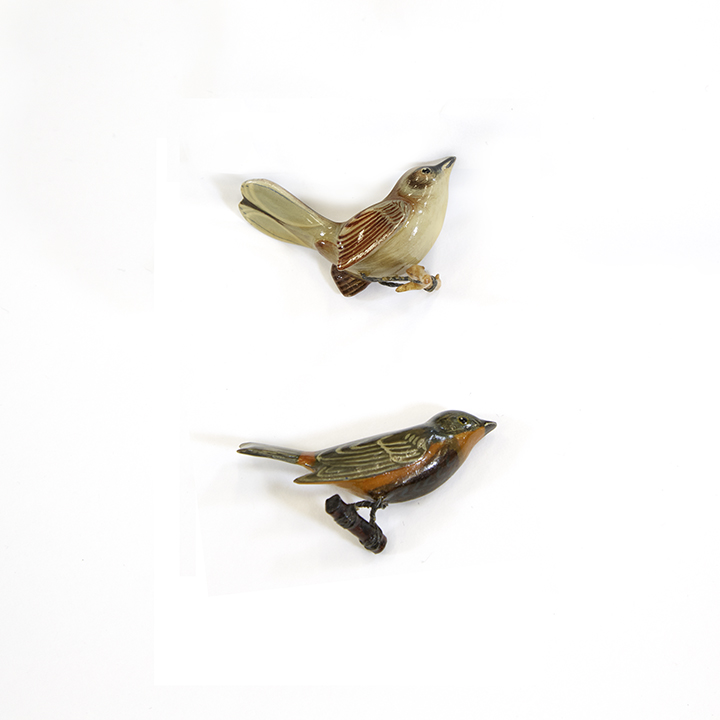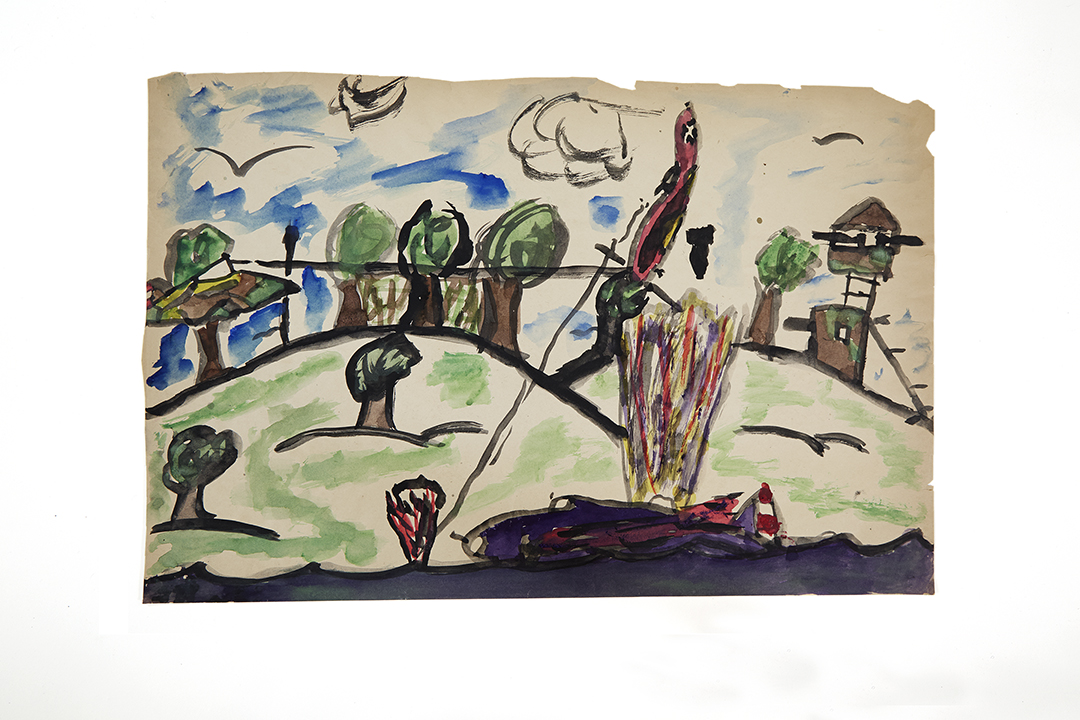Camp Art
Camp Art
Camp Art
Beauty in Desolation: Art from the Camps, 1942-1945
Just eleven weeks after the attack on Pearl Harbor, President Franklin D. Roosevelt signed Executive Order 9066 authorizing the evacuation of all Japanese Americans from a newly defined military zone including the West Coast, Alaska, and southern Arizona. By May 3, 1942, all Japanese Americans living in the military zone were ordered to report to temporary “assembly centers” located in fairgrounds, racetracks, and unused migrant labor or Civilian Conservation Corps camps. From there, most evacuees went to one of ten relocation centers, hastily built in desolate areas of six western states, plus Arkansas. Others were unjustly accused of disloyalty and were incarcerated in Department of Justice camps. These internees, usually community leaders, included Buddhist and Christian priests/ministers, journalists, Japanese language instructors, and others with higher education.
The US Government interned nearly 120,000 Japanese Americans during World War II. Two thirds were natural born citizens, and the remaining third included longtime legal residents denied citizenship simply because they had been born in Japan.
Moved by necessity, a desire for beauty in the desolate environment, and a need to express themselves in a situation over which they had no control, internees made practical and decorative items for themselves and their living spaces. Lacking money to purchase most materials, they used what was at hand – scrap lumber left over from camp construction and materials natural to the areas in which the camps were located, such as shells from Tule Lake and various woods from Arkansas.
Shown here are several items made in camp, preserved by the families or friends of the artists, and donated to the Legacy Center of the Japanese American Service Committee for future generations. Click on each image to see it at a larger size in a new window.
























